If you have pittosporum plants in your garden, you may have noticed that the leaves are turning brown. This can be a cause for concern, as it may mean that the plant is dying. However, there are several reasons why this may happen, and fortunately, there are also several solutions. In this blog post, we will discuss the possible causes of brown leaves on pittosporum plants and how to address them.
Why Are My Pittosporum Leaves Turning Brown?
The leaves of brown pittosporum are frequently caused by fungal infections, insects, overwatering, leaf burn, and nutritional inadequacies. Brown discoloration on the leaves might appear in a variety of forms for each problem. For example, leaf burn from too much sun will show up as brown, crispy patches on the leaves, while fungal infections usually cause brown spots.
To help you better understand why your pittosporum leaves are turning brown, let’s take a closer look at each of these potential causes:
1. Browning Pittosporum Leaves from Fungal Infection
The most common reason for brown leaves on pittosporum is a fungal infection. Fungal infections are often caused by humid conditions and can be difficult to treat.
Some of the most common fungi that cause problems for pittosporum plants include Phytophthora, Pythium, and Rhizoctonia.
If you suspect that your pittosporum plant has a fungal infection, it’s important to take action immediately. The first step is to remove any affected leaves from the plant. This will help prevent the spread of the infection. Next, you will need to treat the plant with a fungicide.
My favorite fungicide is neem oil (Amazon link), which is a natural and effective option. However, you can also use chemical fungicides if you prefer.
To treat your pittosporum plant with neem oil, simply mix together water and neem oil in a spray bottle and then spritz the plant leaves. Be sure to coat both the top and bottom of the leaves. You will need to repeat this treatment every few days until the infection is gone.
2. Browning Pittosporum Leaves from Overwatering
Another common cause of brown leaves on pittosporum plants is overwatering. When a plant is overwatered, the roots are unable to get the oxygen they need to function properly. This can lead to leaf discoloration and eventually death.
If you think your pittosporum plant is being overwatered, the first thing you should do is check the soil. If the soil is soggy or feels waterlogged, then you know overwatering is the problem.
To fix this, simply reduce the amount of water you are giving your plant. Allow the soil to dry out completely between waterings. Once you have corrected the watering issue, you should see the brown leaves start to fall off and new, green growth emerge.
3. Browning Pittosporum Leaves from Pests
Another possible reason for brown leaves on pittosporum plants is pests. Aphids, scale insects, and mealybugs are all common pests that can cause problems for pittosporum plants. These pests feed on the sap of the plant, which can lead to holes in the leaves and eventual browning.
If you think your pittosporum plant is being attacked by pests, the best thing to do is treat it with an insecticide. I like to use neem oil (Amazon link), which works by suffocating the pests. However, there are many other effective insecticides on the market.
To treat your pittosporum plant with neem oil, simply mix together water and neem oil in a spray bottle and then spritz the plant leaves. Pests like to hide in the crevices of the leaves, so be sure to get good coverage. You will need to repeat this treatment every few days until the pests are gone.
4. Browning Pittosporum Leaves from Leaf Burn
Another common reason for brown leaves on pittosporum plants is leaf burn. Leaf burn is usually caused by too much sun or wind exposure. The leaves will start to turn brown and crispy around the edges.
If you think your pittosporum plant has leaf burn, the best thing to do is move it to a location with more shade or protection from the wind. You can also try misting the leaves with water to help cool them down and prevent further damage.
5. Browning Pittosporum Leaves from Nutrient Deficiencies
Finally, another possible reason for brown leaves on pittosporum plants is nutrient deficiencies. Pittosporum plants need a well-balanced diet of nitrogen, phosphorus, and potassium to thrive. If they are not getting enough of these nutrients, the leaves will start to turn brown.
The best way to correct nutrient deficiencies is to fertilize your plant. I like to use a balanced fertilizer that contains all three of the major nutrients. However, you can also use separate fertilizers for each nutrient if you prefer.
To fertilize your pittosporum plant, simply mix the fertilizer with water according to the package directions and then apply it to the soil around the plant. Be sure to follow the package directions carefully, as too much fertilizer can be just as harmful as too little.
Will Brown Pittosporum Leaves Turn Green Again?
No, brown pittosporum leaves are unlikely to turn green again. Once the leaves have turned brown, they are usually dead and will eventually fall off the plant.
The good news is that pittosporum plants are fast growers and will quickly produce new, green leaves to replace the ones that have died. Just make sure the original cause of the browning is corrected so that the new leaves don’t suffer the same fate.
Should I Prune Brown Pittosporum Leaves?
The only time you should prune brown pittosporum leaves is to stop the spread of the disease. If the browning is caused by a disease, then you will need to remove the affected leaves to prevent the disease from spreading.
Other than that, there is no need to prune brown pittosporum leaves. The leaves will eventually fall off on their own and new, green growth will emerge. So just sit back and enjoy the show!
Conclusion
To sum up, if your pittosporum leaves are turning brown, it could be due to one of several reasons. The most common causes are pests, overwatering, fungal issues, leaf burn, and nutrient deficiencies.
If you think your plant is suffering from any of these problems, the best thing to do is take corrective action right away. Treat the pests, move the plant to a new location, fertilize the soil, and so on.
Most importantly, don’t despair! Pittosporum plants are very tough and resilient. They will quickly bounce back from almost any problem given the chance. So just be patient and give your plant the care it needs, and it will soon be looking as good as new
Tim is an avid gardener from the UK. He was the founder of PlantCarer.com from 2021 to Sep 2023. He sold PlantCarer.com to Aaron. He has since started his own business called Seed To Supper, which provides new gardeners all the materials you need in a box (pots, seeds, compost and instructions) to grow your own delicious and nutritious vegetables and herbs from start to finish – no garden required.



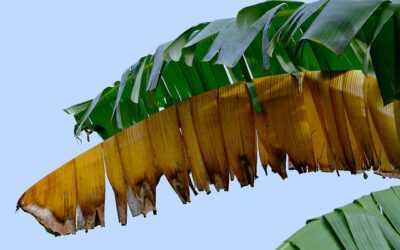

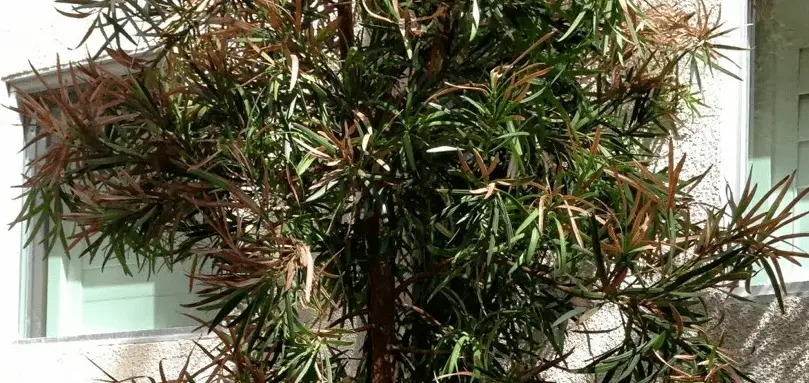
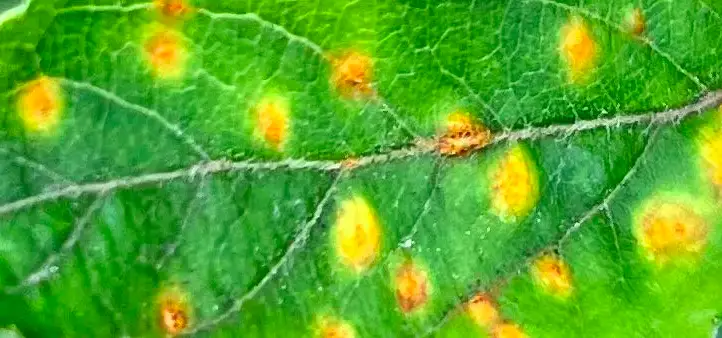
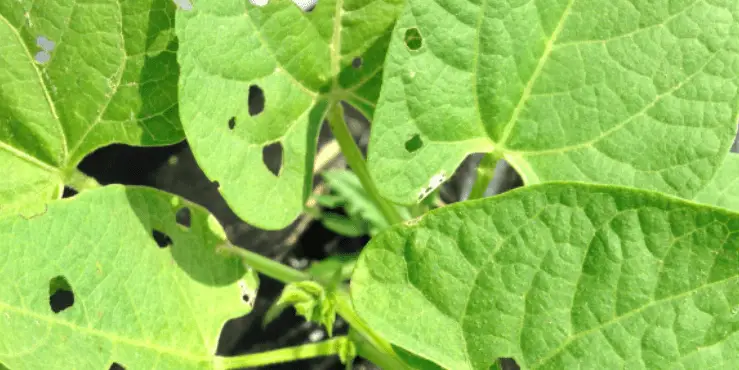
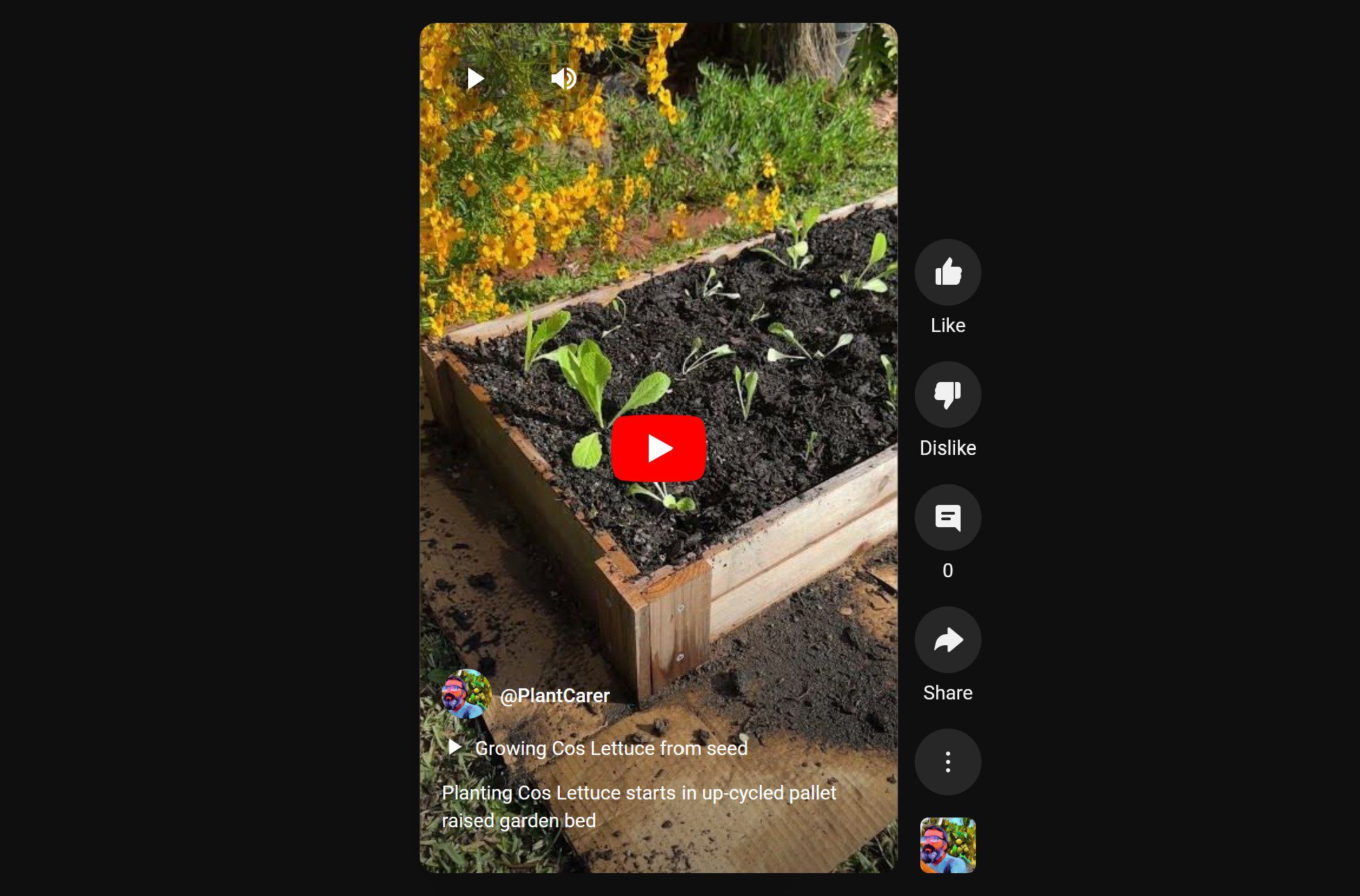
0 Comments